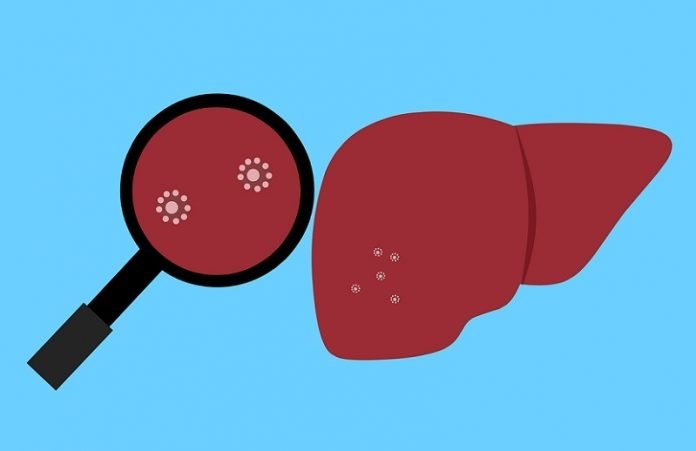
Nonalcoholic fatty liver disease (NAFLD) is a condition in which excess fat builds up in your liver. This buildup of fat is not caused by heavy alcohol use.
When heavy alcohol use causes fat to build up in the liver, this condition is called alcohol-associated liver disease.
Two types of NAFLD are nonalcoholic fatty liver (NAFL) and nonalcoholic steatohepatitis (NASH).
People typically develop one type of NAFLD or the other, although sometimes people with one form are later diagnosed with the other form of NAFLD.
NAFL
NAFL is a form of NAFLD in which you have fat in your liver but little or no inflammation or liver damage. NAFL typically does not progress to cause liver damage or complications. However, NAFL can cause pain from enlargement of the liver.
NASH
NASH is the form of NAFLD in which you have inflammation of the liver and liver damage, in addition to fat in your liver. The inflammation and liver damage of NASH can cause fibrosis, or scarring, of the liver.
NASH may lead to cirrhosis, in which the liver is scarred and permanently damaged. Cirrhosis can lead to liver cancer NIH external link.
Experts are not sure why some people with NAFLD have NASH while others have NAFL.
How common is NAFLD?
NAFLD is one of the most common causes of liver disease in the United States. The majority of people with NAFLD have NAFL. Only a small number of people with NAFLD have NASH.
Experts estimate about 24% of U.S. adults have NAFLD and about 1.5% to 6.5% of U.S. adults have NASH.
Who is more likely to develop NAFLD?
NAFLD is more common in people who have certain conditions, including obesity and conditions that may be related to obesity, such as type 2 diabetes.
Studies suggest that one-third to two-thirds of people with type 2 diabetes have NAFLD.
Research also suggests that NAFLD is present in up to 75% of people who are overweight and in more than 90% of people who have severe obesity, also called extreme obesity.
NAFLD is more common in people who have obesity.
NAFLD can affect people of any age, including children. Research suggests that close to 10% of U.S. children ages 2 to 19 have NAFLD.4 However, people are more likely to develop NAFLD as they age.
While NAFLD occurs in people of all races and ethnicities, it is most common among Hispanic individuals, followed by non-Hispanic whites and Asian Americans, including those of East Asian and South Asian descent.
NAFLD is less common among non-Hispanic Blacks.5 On average, Asian Americans with NAFLD have a lower BMI than non-Hispanic whites with NAFLD.
Experts think that genes may help explain some of the racial and ethnic differences in NAFLD.
What are the complications of NAFLD?
People with NAFLD may develop liver complications or other health problems.
Liver complications
People with NAFL typically don’t develop liver complications, although they have a higher risk for other health problems.
People with NASH can develop liver complications, such as cirrhosis and liver cancer. If cirrhosis leads to liver failure, you may need a liver transplant. People with NASH have an increased chance of dying from liver-related causes.5
Other health problems
People with NAFLD have a higher risk for certain health problems, including:
cardiovascular disease, which is the most common cause of death in people who have NAFLD5, type 2 diabetes, conditions that may be part of metabolic syndrome, such as high blood pressure and abnormal levels of fats—cholesterol and triglycerides—in the blood.
If you care about liver health, please read studies about simple habit that can give you a healthy liver, and green diet that may strongly lower non-alcoholic fatty liver disease.
For more information about liver diseases, please see recent studies about how to reverse type 2 diabetes and deadly liver disease and results showing which drug are most toxic to the liver



